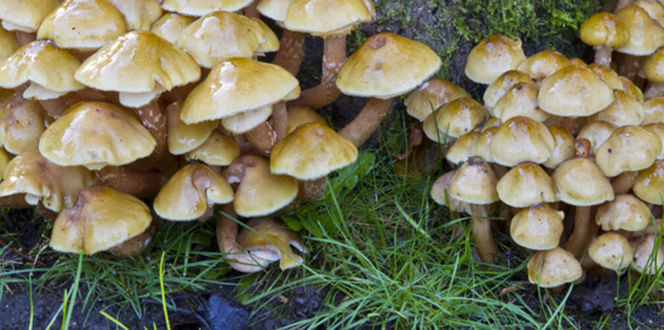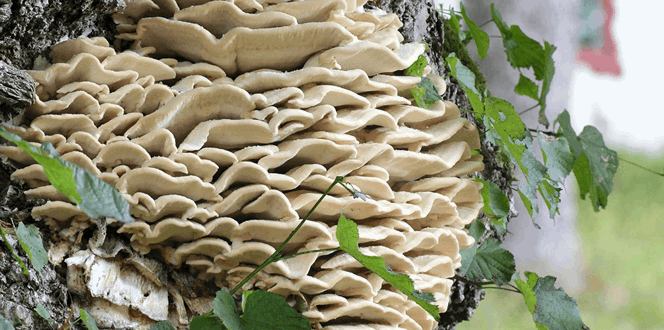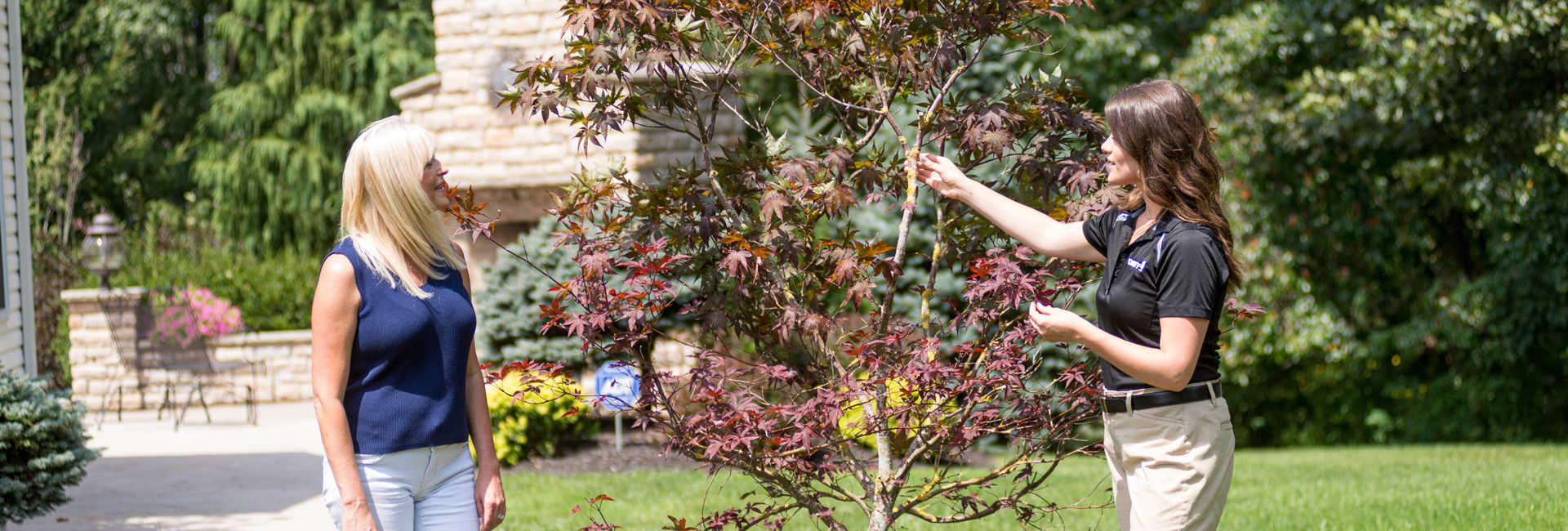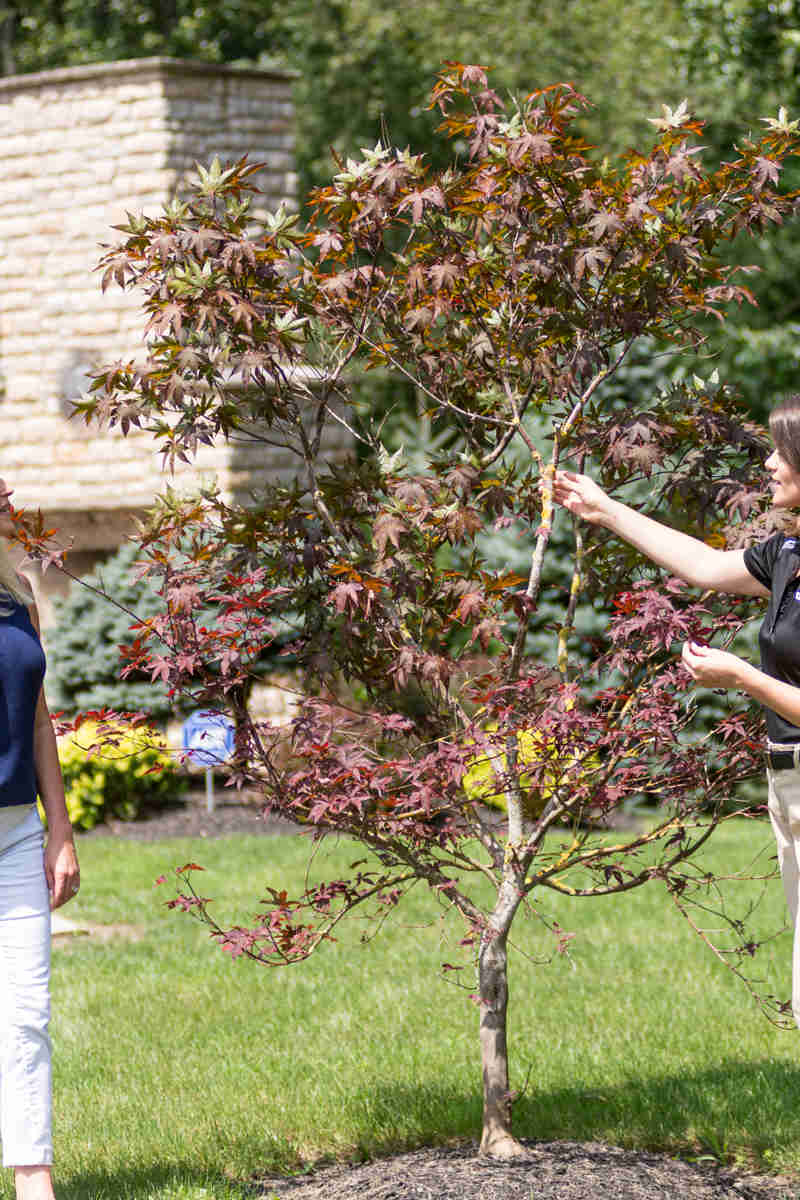Cottony Maple Scale Description:
The cottony maple scale is a large, flat, brown scale insect found on the twigs and branches of various trees. White, cottony egg masses that resemble popcorn are its most distinguishing feature.
Hosts:
Silver maples are favored hosts, but this scale attacks other maple species as well. It also attacks honey locust, black locust, white ash, euonymus, oak, boxelder, dogwood, hackberry, sycamore, beech, elm, willow, basswood, and poplar.
Biology & Symptoms:
This pest sucks sap from twigs and branches. Small twigs begin to die, then leaves become stunted. A black, sooty mold appears on the tree itself and on objects beneath the tree. This mold grows on sugary honeydew excreted by the scale. Heavy infestations for 2 or 3 years may kill large branches. Fertilized, immature females overwinter on twigs and small branches of the host. In spring, they resume feeding and developing. Females deposit eggs in late May, in masses covered with white, silken fibers. Young scales, called “crawlers,” emerge from mid-June through early July. They move up and down twigs, and out onto leaves, before settling down to suck sap and secrete a thin, waxy coating over themselves. In late summer, adult males emerge, mate with females and die. Mated females migrate back to the branches just before leaf drop in fall, where they settle for the winter.
How to Treat Cottony Maple Scale:
In about the third year after cottony maple scales infest a tree, small lady beetles may be found devouring the egg masses. If these larvae are found in over half the egg masses, natural control is occurring and additional treatment may be unnecessary. Otherwise, a horticultural oil treatment may be applied before growth starts in spring or leaves drop in fall. Another treatment may be made in mid-August or September after all the crawlers have hatched and settled on the leaves.
DO NOT treat sugar maples with oil; this species reacts adversely and branches may die. Soil or trunk-applied systemic insecticides are available where spraying is not practical or desired. Trees weakened by scale are more susceptible to other insects, diseases, and environmental stress, so it’s vital to restore plant vitality. Fertilize, mulch and water, especially during dry periods, to help maintain tree health.





